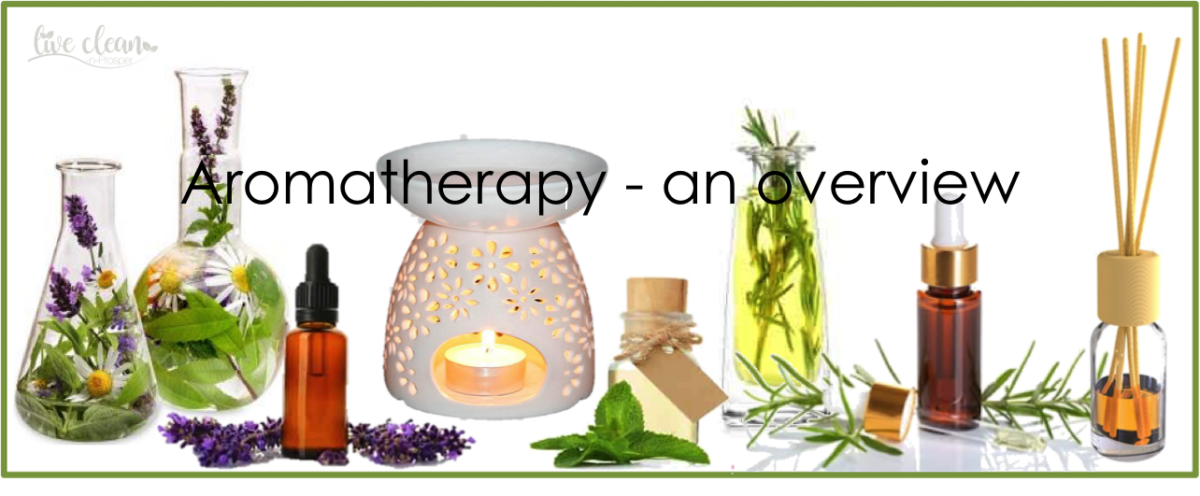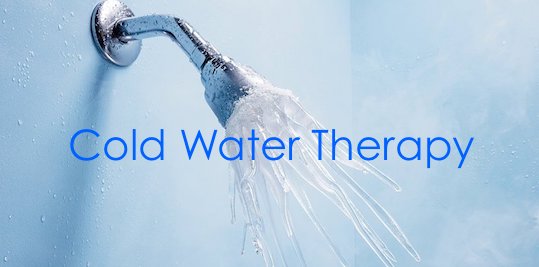Today’s post is about Aromatherapy.
I recently read an interesting article in a journal from the Natural Therapists Association about this topic. I thought I would share an overview.
What is Aromatherapy?
Essential oils have been used for therapeutic purposes for approximately 6,000 years. Aromatherapy can be defined as the art and the science of utilising these essential oils to balance, harmonise and promote wellbeing and health.
It is a well-documented, natural therapy that has been practiced throughout the world for centuries. The first methods of essential oil distillations were found in historical Egyptian texts.
The term ‘Aromatherapy’ was first used in the early 1930’s by a French chemist – Rene` Maurice Gattefosse to describe the therapeutic action of the oils.
Aromatherapy is the term applied to the external application of essential oils such as inhalations, baths or massage. Aromatic Medicine is related to the practice of ingestible essential oils.
Today there is a revival of scientific research into the art of aromatherapy and its medical applications.
So what are ‘essential oils’?
Essential oils are one of the purest forms of plant chemistry. These oils are very different to the ones used for cooking or skin care. They are concentrated essences, much lighter than water and highly flammable. They evaporate quickly, so are usually mixed with other ingredients to trap their effectiveness.
Essential oils contain many known and unknown phytochemical elements. It is estimated that an individual essential oil can contain 300 to 400 active constituents. Because they are so concentrated, essential oils are measured in drops.
How does it work?
Considering that the oils are highly concentrated, they need to be treated with care. They should never be applied undiluted, directly to the skin.
However here are many other ways to benefit from the active constituents of the oils. Most methods do not require specialised equipment.
Essential oils are composed of tiny molecules that are easily dissolved in alcohol and emulsifiers such as beeswax or mixed with other oils. This allows them to penetrate the skin easily.
As the essences evaporate, they are also inhaled. In this way they are absorbed via the cells that line the nasal passages.
Common uses for essential oils are
– Steam inhalation or inhalation using humidifiers or diffusers
– Massage
– Room sprays
– Oil burners/evaporators
– Compress
– Body oils and perfumes
A few of the more common oils and their uses or benefits are
Eucalyptus – an antiseptic and anti-inflammatory
Lavender – calming and also antiseptic
Peppermint – a decongestant and good for digestion
Frankincense – aids concentration
Each individual oil has a distinct chemical composition. This determines its fragrance, colour, volatility and beneficial properties.There are so many essential oils used with aromatherapy that this post would be extremely long. I will instead, occasionally focus on a particular oil to write about in future posts.
Hopefully you also have found this information interesting and you are inspired to consider how aromatherapy can assist you.
Till the next post,
Live clean n Prosper
(Sources – Australian Natural Therapists Assoc., The Encyclopaedia of Aromatherapy)


